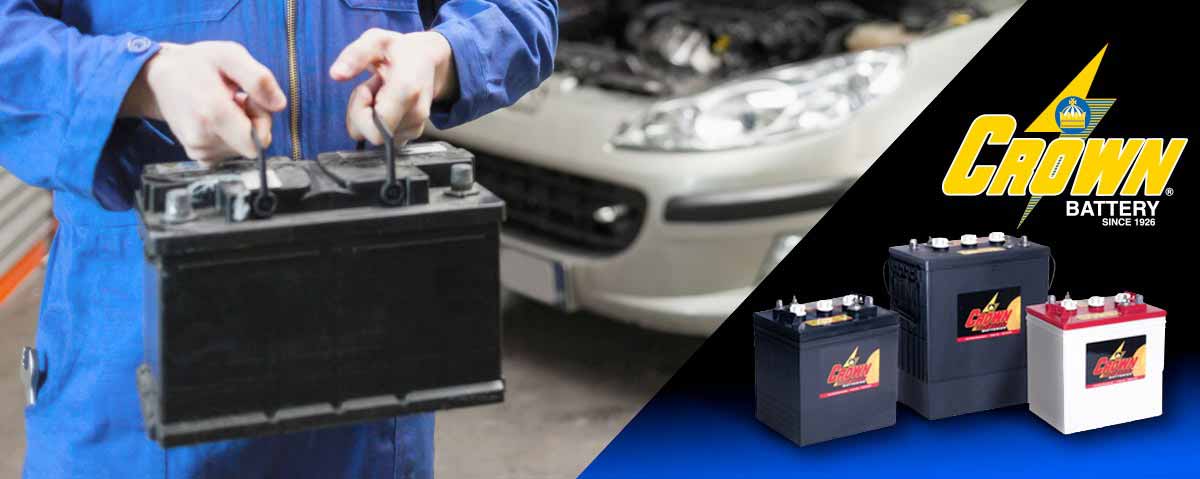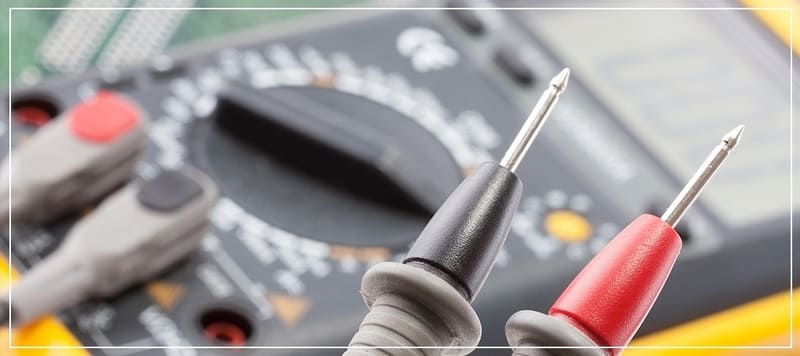Learning about how a deep cycle battery works and what to expect from its use is an important step to maximize the life of your battery. Following are some of the most frequently asked questions about deep cycle batteries.
What is a Deep Cycle Battery?
A deep cycle battery is a battery designed to provide sustained power over a long period and run reliably until it is 80% discharged or more, at which point it needs to be recharged (although to extend the life of the battery, discharging it this deeply is not recommended).
What’s the difference between a car battery and a deep cycle battery?
When choosing batteries, a deep cycle battery stands in contrast to a starter battery, which is the type of battery used in most cars. Starter batteries are designed to provide a short burst of energy in order to start an engine, discharging only a tiny percentage each time (typically 2 to 5%). The reason for this difference in power comes from the construction of the batteries.
What are the amp hours of a deep cycle battery?
There is no standard amp hour (AH) rating for a deep cycle battery, but amp hours for any individual battery should be readily apparent on the battery’s casing. Typically, a deep cycle battery’s AH rating is calculated over 20 hours, which means when the battery is in use for 20 hours, it will provide the number of amps listed as its amp hour rating.
What’s the lifespan of a deep cycle battery?
One full cycle of a deep cycle battery represents a full battery recharge followed by a complete battery discharge. Battery life is usually measured in these cycles, but in practical terms, deep cycle batteries should work well for three years from the beginning date of service. However, battery maintenance and charging procedures will either prolong or shorten battery life, depending on how well recommended practices are followed.
Can you use a deep cycle battery to start a boat?
If absolutely necessary, a deep cycle battery can be used to start a boat. However, this is not recommended as a long-term solution since it will greatly decrease the lifespan of a deep cycle battery.
What’s the difference between a marine battery and a deep cycle battery?
There is no official definition of a marine battery, although a few different types of batteries do use this terminology. For example, Crown Marine Batteries are sealed deep cycle batteries that can safely be exposed to the wear and tear necessary to keep a boat running. In some cases, marine batteries are hybrid deep cycle and starting batteries that are designed to serve both purposes on a boat, although they are not as efficient as having two separate batteries.
How do you charge a deep cycle battery?
Deep cycle batteries should be recharged as soon as possible after use, ideally within 24 hours. It is best to use a charger with a timer to avoid overcharging, which can decrease the lifespan of the battery by encouraging corrosion.
How long does it take to recharge a deep cycle battery?
The total time it takes to charge a deep cycle battery depends on a number of factors, including how deeply discharged the battery was in the first place, how powerful the charger in use is, and the overall capacity of the battery. Consult the battery manufacturer for details on a specific deep cycle battery.
What types of deep cycle batteries are there?
Broadly speaking, the most common types of deep cycle batteries are flooded lead-acid batteries and sealed valve-regulated batteries. The first type allows the user to measure electrolyte levels and add water when necessary while the latter is sealed to minimize water loss and does not allow the user to add water.
How do you maintain a deep cycle battery?
Proper deep cycle battery maintenance depends on the type of deep cycle. While all batteries should be regularly inspected for damage and recharged after use, flooded deep cycle batteries will also need to be watered when electrolyte levels are low while sealed, valve-regulated batteries will not.
Did we answer your questions? Learn more about deep cycle batteries by downloading our comprehensive guide below.












